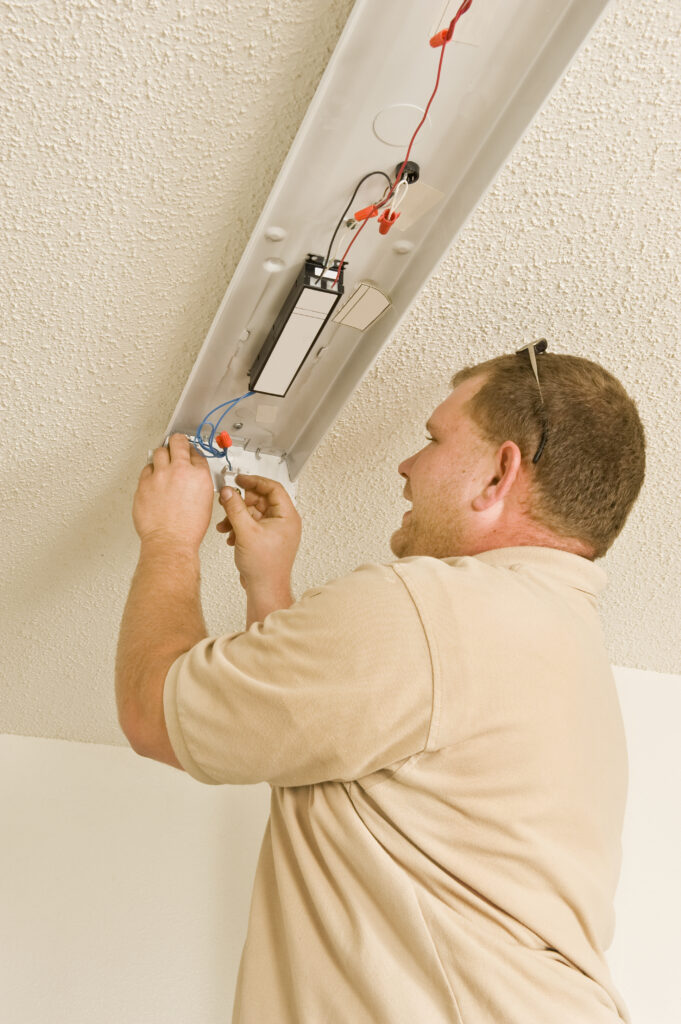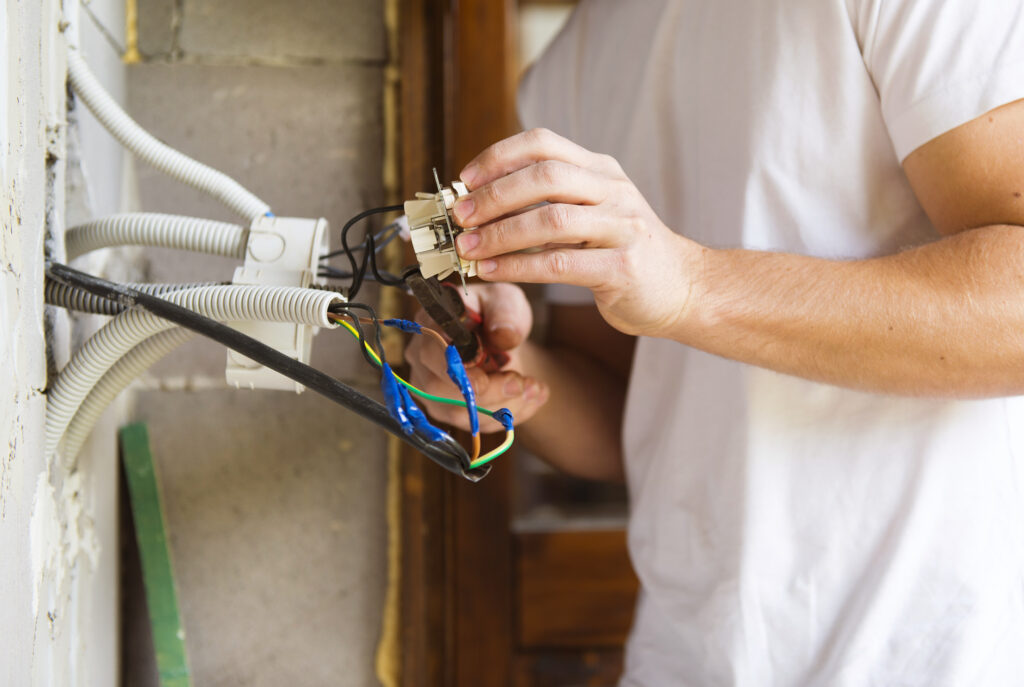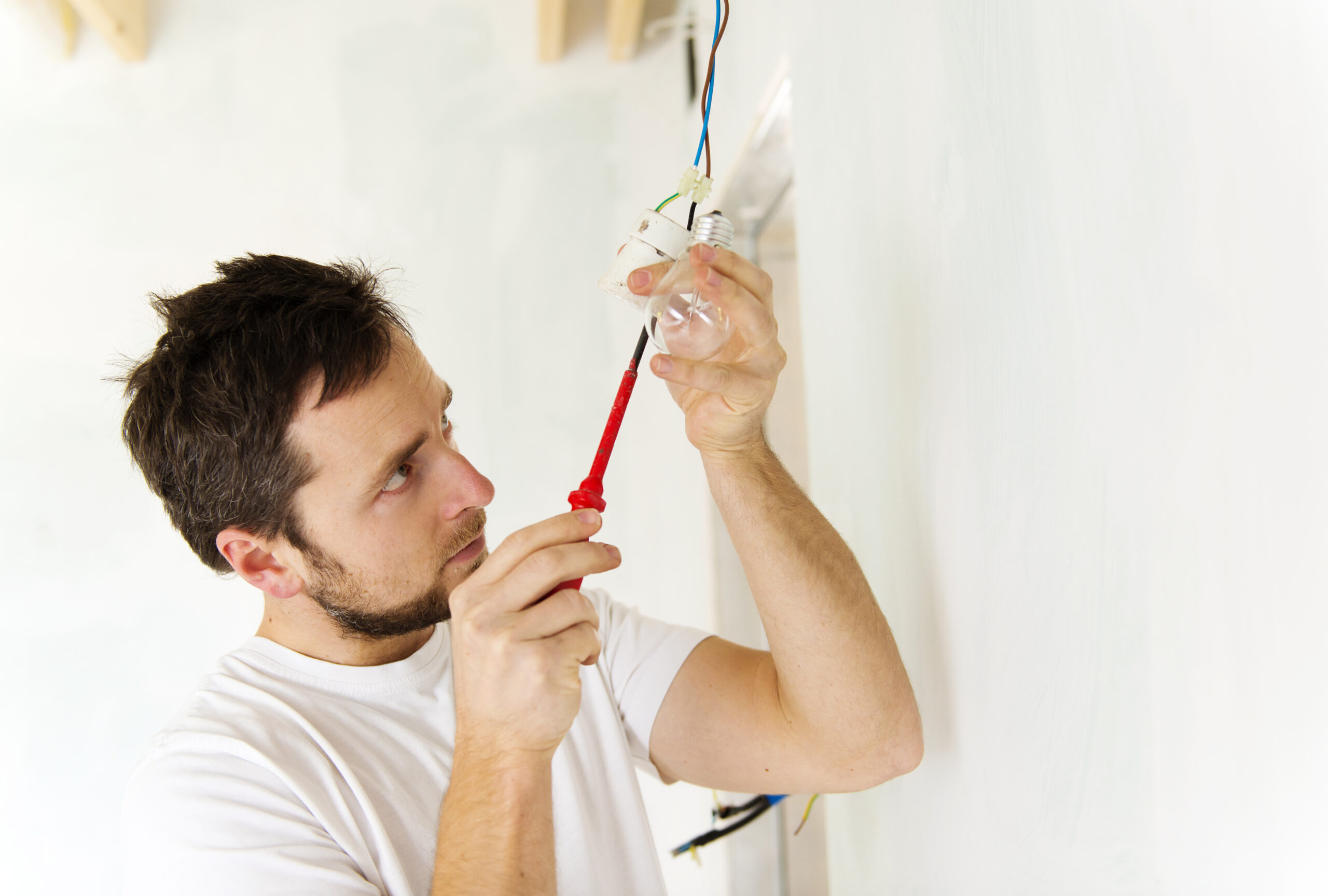What is the electrical connection?
The electrical connection or the electrical circuit is the interconnection of elements or more with a closed path and the main purpose of bringing electrical energy from the producing elements to the consuming elements. There are different types of electrical connections depending on the way they are connected to each other: series circuits and parallel circuits.
In the Series of electrical service, electrical circuits are characterized by having the resistors connected on the same line between the ends, that is, the output terminal of one device is connected to the input terminal of the next. Side by side, and thus the current passes from resistance to resistance, only one way. If one circuit fails, the others are without power.
In contrast, parallel circuits are characterized by having the receivers aligned with each other in parallel. These electrical services’ pathways have resistance (each has one), which is connected by common points. It is the most used connection because it is the most stable since it has the same voltage and intensity at all points of the route.
In addition, there are also mixed circuits, which, as the name itself indicates, is a mix between series circuits and parallel circuits.
2 Types of electrical services or installation

The electrical installation is the set of electrical circuits in order to conduct and distribute electrical current from its point of origin (electrical service) to the last electrical outlet. Electrical services can be classified according to voltage and according to use.
For its tension of electrical services
High and medium voltage installation
These are high-power installations with large energy losses due to heating of the conductors (Joule effect). The maximum potential difference between the two conductors is greater than 1000 volts (1Kv). It is mainly used for large industrial consumers.
Low voltage installations
These are the most common electrical services, domestic and commercial use. The maximum potential difference between two conductors is less than 1000 volts (1 Kv), but has to be greater than 24 volts.
Very low voltage installations
These are rarely used installations due to the maximum potential difference between two conductors, since it has to be less than 24 volts. With this type of electricity installation, high-power appliances cannot be used as the circuit would burn.
For its use
Generating facilities
They are those electricity installations that generate an electromotive force, and therefore, electrical energy from other forms of energy . High-voltage and extra-high-voltage transmission lines are used to transport alternating current from the point of generation to consumption centers (be they industrial plants or entire cities).
Transportation facilities
They are electrical lines that connect the different facilities. Power lines can be underground (conductors installed in galleries or trenches) or overhead (conductors installed on supports).
Transformer facilities
They are those facilities that receive electrical energy and modify its parameters , that is, they transform the energy voltage (reduce or extend it depending on whether it has to be used or transported).
Receiving facilities
They are those that can be found in most industries and homes (most common electrical services). They are characterized by the transformation of electrical energy to other types and by being antagonistic facilities to generators.
Parts of electrical services

The design of electrical services depends on the endpoint of the supply, that is, on the various electrical requirements: number of plants, building capacity, possible installed electrical equipment, loads … Although the structural design is variable, all electrical services have to contain the following elements:
- Connection: part of the installation that conducts energy from the supply source (public network) to the supply point (building, community …). The connection can be aerial or underground (normally it is underground).
- Measuring equipment: it is owned by the distribution company. This is placed in the connection to quantify the consumption of electrical energy by the user. The meter has to be externally protected and placed in an accessible place to be able to perform the reading and checking.
- General panel and protection distribution: located inside the house, it is the heart of the electrical services. In it, you can find elements of protection, distribution, and control of electric current.
- Switches: this device is designed to open and close electrical circuits or connections, through which current flows. The main switches are, all are placed between the connection and the rest of the installation:
- The general switch: it is used as a means of disconnecting and protecting the system.
- The branch switch: it is used to protect and disconnect the feeders of the circuits that distribute the electrical energy between the sections.
- The thermomagnetic switch: it is used to protect and disconnect the supply if there is an overload or a short circuit.
- The power control switch: it is used to limit the power consumption by the user. Protects the system from possible overloads.
- Transformer: electrical equipment that is responsible for changing the supply voltage to the voltage required by the installation. This element is not essential since there may be installations with the same voltage as the connection. And on the contrary, there may be installations that need more than one transformer (with a large voltage level).
- General board: it is a metal cabinet made up of control devices. This is placed immediately after the transformer and contains an automatic general switch to disconnect the service if necessary.
- Outlets for lighting and contact: the lighting unit is located at the end of the electrical installations. This unit is consumers that transform electrical energy into light or heat energy.
- Power socket or plug: it is located on the wall and allows the passage of a current when the plug (plug) and the base (female plug) are connected. A maximum of eight sockets must be installed in each electrical circuit.
- Ground or neutral connection: it is used to prevent the passage of current to the user due to an insulation fault between the active conductors. It has very little resistance to favor the circulation of any current leakage. It is a safety element of the electrical services.
Most common failures in electrical services
The electrical services have a very complex mechanism and for safety reasons, it is very sensitive to possible leaks and breakdowns. The protective elements that comprise it will act by deactivating the light supply. In most of these the disconnection occurs for prevention, even so below you will find some of the most common breakdowns.
Short circuit
A short circuit is one of the most common failures in electrical services. This incidence occurs when there is a bad connection between two conductors, a connection between two conductors of different polarities, or when there is a fault in the insulation of the wiring.
Overload
Each of the installation’s circuits is designed to withstand a different current intensity, that is, there is a maximum current defined by the magnetothermic protections that limits the current flow through each circuit . When this current exceeds the limit, a voltage surge or overload occurs.
Loss of insulation
It is one of the most common failures, mainly due to the aging of the cables through which the electric current circulates . This failure can cause current to pass through to users, causing an electric shock.
Differential switch failure
Protects users from possible electrical shock by contact (both direct and indirect). The differential switch will automatically disconnect the house’s electricity supply if it detects any anomaly, defect or deviation in the installation.

